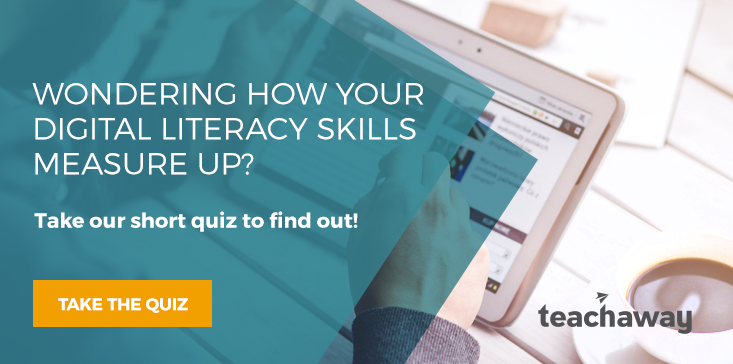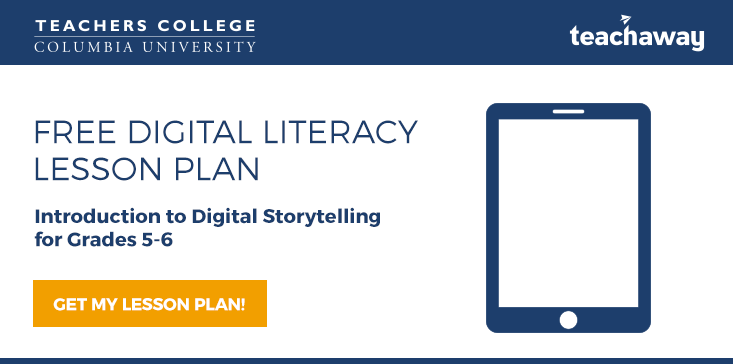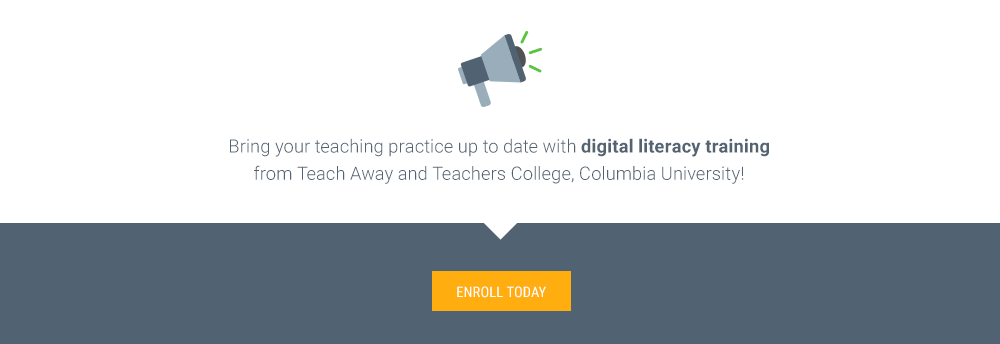The pandemic has drastically changed schooling. Schools around the world were forced to close and switch to digital learning overnight.
So, why is it important for both students and teachers to possess digital literacy skills?
Digital literacy helps students and educators safely navigate digital environments. And it goes beyond just knowing how to use a computer and digital tools.
Of course, having computer skills, in general, is essential for everyone in the 21st century. However, possessing digital skills or having computer literacy is not the same as being digitally literate.
It’s a mistake to assume that exposure to digital tools and technologies automatically equates to the knowledge of how to use these effectively.
In this blog post, we’ll cover some of the key differences between computer literacy and digital literacy.
Technical proficiency ≠ digital literacy
Our students are tech-savvy digital natives. They know their way around a tablet, smartphone and laptop better than most. More often than not, they know how to do a voice search on an iPad, share selfies on Instagram, play a video game and send a GIF on WhatsApp.
But what they lack is the knowledge of how to use these digital tools and technologies to communicate and achieve their learning goals.
Some examples of digital skills vs. digital literacies include the following:
|
Digital Skills |
Digital Literacy |
|
Sending an email, DM or text. |
The ability to judge the appropriate digital channel for online communication with peers, teachers and parents. |
|
Using Microsoft Office/Google G Suite. |
The ability to:
|
|
Tweeting, posting to Facebook, uploading a video to YouTube, adding to a Snapchat story and posting a photo to Instagram. |
The ability to navigate social media safely, in order to:
|
|
Conducting a Google search. |
The ability to effectively use online search as a research tool, including:
|
Our students not only need to be proficient in how to use digital technologies – but they also require you to work proactively to embed digital literacies into your curriculum.
Without this, they cannot be truly digitally literate, defined by the American Library Association as “the ability to use information and communication technologies to find, evaluate, create, and communicate information, requiring both cognitive and technical skills.”
Students need to think about media and the messages they get daily critically. The ability to weed out fake news, for example, will be a crucial 21st-century skill.
We need to give our students the tools and skills required to process the vast amounts of information they’re exposed to each day.
One Digital Literacy Impact Study showed that learners with a solid grounding in digital literacy have a competitive advantage in the workforce.
Because digital literacy is so essential not only to our students’ academic and future career success but also their ability to participate in modern society, teaching digital literacy is quickly becoming a critical part of the curriculum at the K-8 level.
In short: if digital literacies haven’t yet become a core component of your classroom learning experience, it’s time to rethink your teaching strategy.






